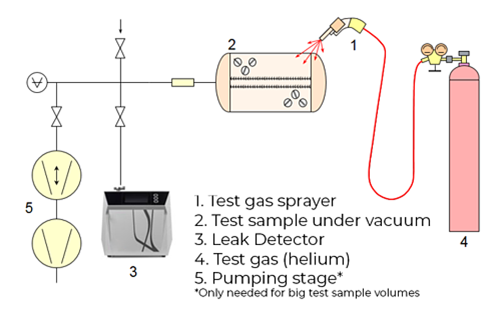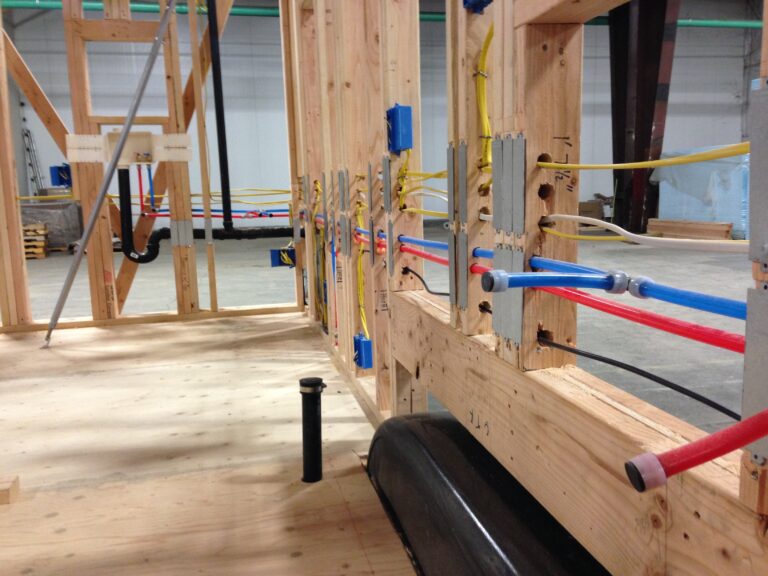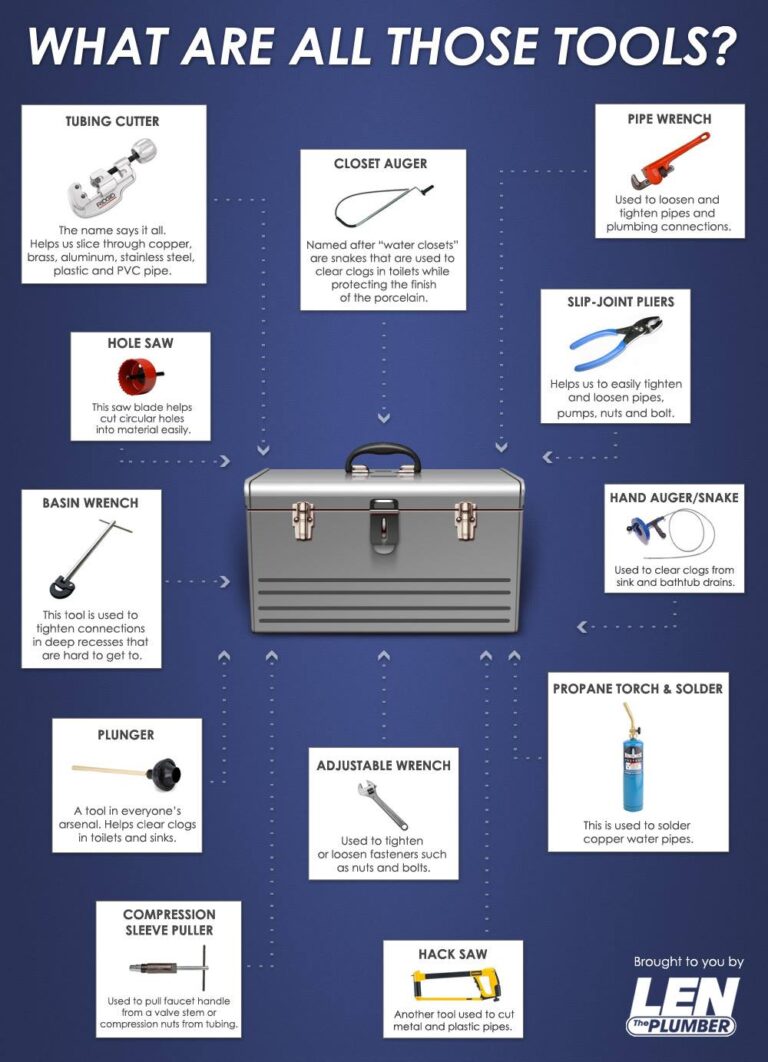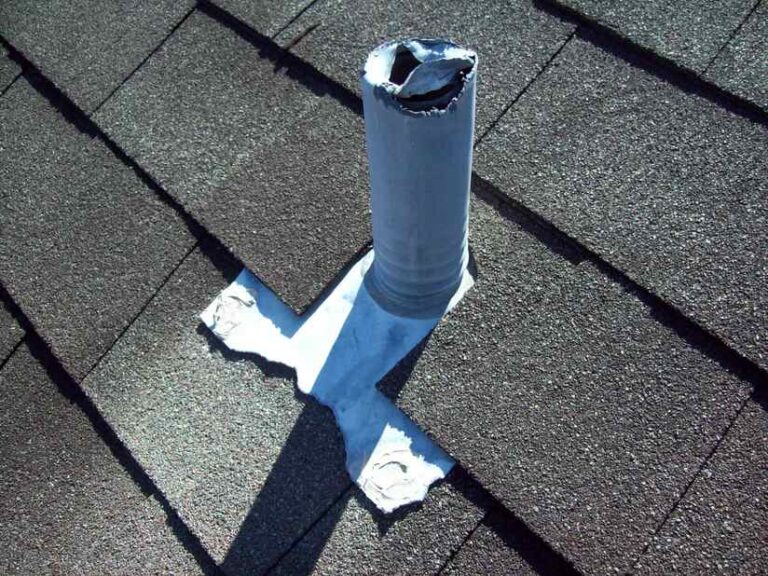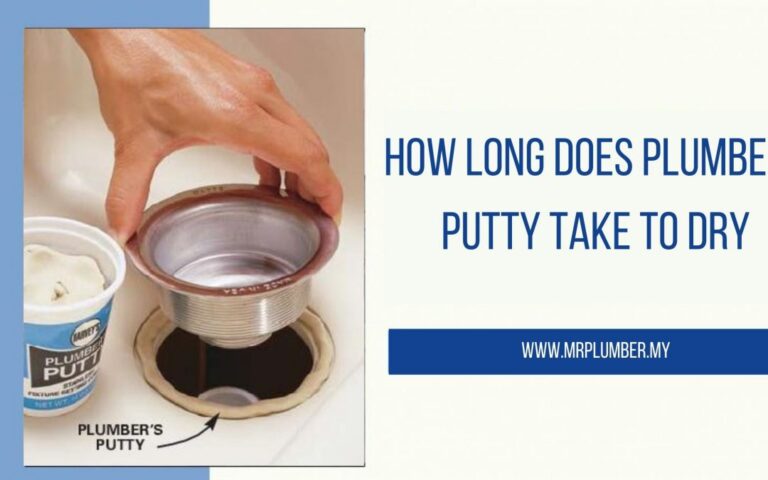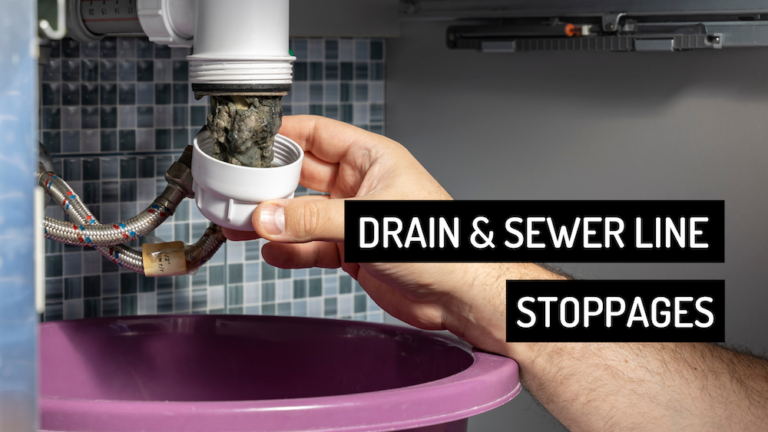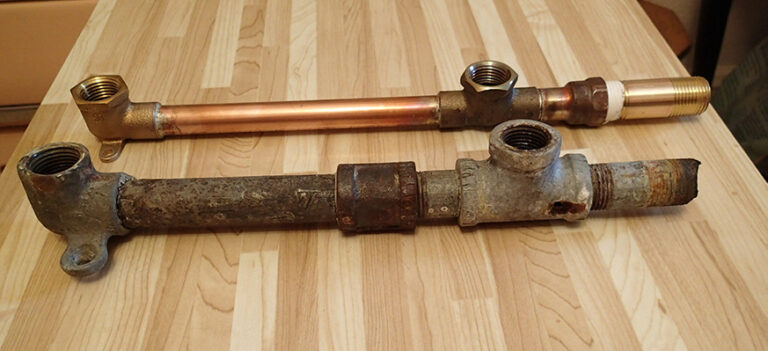How Are Leaks Measured?
Leaks are measured by the amount of fluid (gas or liquid) that can pass through a given surface or material in a particular amount of time. Leaks can be measured by using various tools such as a manometer, an ultrasonic leak detector, a vacuum gauge, a pressure gauge, or a flow meter. The type of tool used to measure a leak will depend on the type of fluid being measured and the size and location of the leak. By measuring the amount of fluid that is leaking, engineers can develop solutions to stop the leak.
What is a Leak?
Leaks are any unwanted flow of fluids from a system or container. Leaks can be dangerous, as they can cause damage to the environment, property, and people. Leaks can be caused by numerous factors such as corrosion, stress, temperature, and pressure. Leaks can occur in any type of enclosed system, from plumbing pipes to chemical vessels. It is important to know the cause of the leak and the best way to fix it.
To measure a leak, there are a few different methods that can be used. The most common method is to use a leak detector. This device uses a variety of sensors to detect the presence of a leak. It can detect both large and small leaks, giving an accurate indication of the size and location of the leak.
Other methods of measuring leaks include flow meters, ultrasonic detectors, and dye testing. Flow meters measure the amount of fluid passing through a system, while ultrasonic detectors use sound to detect leaks. Dye testing involves injecting a dye into the system and using a camera to detect any dye that has leaked out.
Measuring a leak is important for safety and efficiency. It helps to identify the cause of the leak and can help you determine the best way to repair it. With the right measurements, you can ensure that your system is safe and secure.
Types of Leaks
Leaks can take many forms, from the small drip of a faucet to a large-scale disaster. Before any leak can be addressed, it needs to be measured. This helps determine the size of the leak, the amount of damage it has caused, and the best way to fix it. Several different types of leaks can occur in a home or building.
The most common type of leak is a plumbing leak. This type of leak is typically caused by a faulty pipe or appliance and can lead to significant water damage if not addressed. Plumbing leaks can also be caused by broken seals, corroded pipes, or inadequate installation.
Another type of leak is a gas leak. Gas leaks are usually the result of an improperly maintained or installed gas line. Gas leaks are extremely dangerous, as they can cause severe health risks to those exposed to the gas.
Leaks can also occur in roofs and walls. These are generally the result of weather damage or poor construction. Roof and wall leaks can let in water, which can cause mold, rot, and other damage to the structure.
Finally, some leaks occur in foundations. These are typically caused by water or soil pressure and can lead to structural instability if not addressed. Foundation leaks are usually the most difficult to detect and repair.
Knowing the different types of leaks and how they are measured is essential for any homeowner or business owner. By understanding the types of leaks, it is possible to identify and address them quickly and safely.
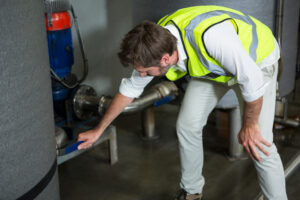
Causes of Leaks and Ways to Measure Them
Leaks can be a huge problem for any property owner, from a homeowner to a company. Leaks can cause extensive damage, decrease energy efficiency, and even lead to health and safety risks. Thankfully, there are ways to measure and detect leaks to help prevent them.
Leaks can be caused by a variety of issues, including corrosion, structural defects, and improper installation. For this reason, it is important to identify the cause of the leak before you can measure it. Once the source of the leak is determined, there are several methods for measuring the leak, including pressure tests, flow tests, and acoustic tests.
Pressure tests involve inserting a gauge into a pipe and measuring the pressure drop over a certain period. This allows you to get an accurate measurement of the leak. Flow tests measure the amount of water that escapes from a pipe over a certain period. This is a great way to measure leaks that are too small for a pressure test. Acoustic tests involve listening for the sound of the leak using a microphone and special equipment.
Leaks can be a major problem, but with the right knowledge and tools, they can be quickly detected and repaired. It is important to know the source of the leak and the best method for measuring it. With the right information, you can protect your property from damage and keep it running safely and efficiently.
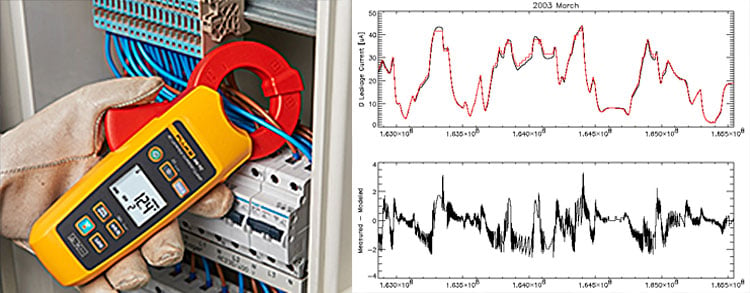
Measuring Leaks
Leaks come in all shapes and sizes and can vary drastically depending on the source, environment, and materials involved. When it comes to measuring leaks, there is no one-size-fits-all solution. It is important to understand the context and dynamics of the environment to accurately measure a leak.
One of the most common ways of measuring a leak is by using a manometer. This is a device that uses pressure measurements to detect a leak. It works by measuring the difference in pressure between two points. If there is a difference, then it indicates a leak. Another way of measuring a leak is by using an ultrasonic leak detector which uses sound waves to detect leaks.
Another popular method is to use a flow meter. This device measures the flow rate of a liquid or gas. If the flow rate is lower than it should be, then it indicates a leak. Additionally, there are also bubble tests and dye tests which can be used to measure leaks.
No matter the type of leak, it is important to measure it accurately to properly address the issue. Utilizing the right tools and techniques for measuring leaks is essential to ensure that the problem is addressed in a timely and effective manner.
Leak Prevention and Detection
Leaks can cause costly damage, leading to financial and structural problems, and even the potential for dangerous situations. To protect a structure and its occupants, it’s essential to understand how to detect and prevent leaks. Leak detection and prevention measures vary based on the type of structure, the age of the building, and the type of water source.
In the home, leaks can be detected through visual inspection, such as checking for water damage or moisture on walls, ceilings, and floors. Additionally, checking fixtures for unusual water pooling or discoloration can help locate a leak. In some cases, specialized equipment, such as thermal imaging cameras, can be used to detect moisture in walls and behind other surfaces.
Structural integrity is essential when it comes to leak prevention. Regularly maintaining and inspecting the building can help prevent future leaks. This includes checking pipes for corrosion, leaks, and other issues, and inspecting any water-resistant materials, such as tile and grout, for water damage. It’s also important to regularly check for weak spots in the structure, such as cracks in the foundation or around windows and doors.
Leaks can be measured using a variety of methods. The most common is to measure the amount of water being lost from a particular source, such as a pipe or appliance. This can be done by monitoring the amount of water being used over some time, or by measuring the rate of water flow from the source. Another popular method is to measure the water pressure in a system. Low water pressure can be indicative of a leak.
It’s important to be proactive when it comes to leak detection and prevention. Regular inspections and maintenance can help identify potential problems before they become serious and can help avoid costly repairs in the future. Additionally, understanding how to measure leaks can be invaluable in quickly locating and addressing issues.
FAQs About the How Are Leaks Measured?
Q1: What is the most common way of measuring a leak?
A1: The most common way to measure a leak is to use a leak detector, such as an acoustic or pressure gauge. These tools measure the amount of pressure or sound that is escaping from a given area.
Q2: What is the difference between a leak and a seepage?
A2: A leak is the sudden and uncontrolled release of a fluid or gas, while a seepage is a slower but steady flow of the same material.
Q3: How can I tell if I leak into my home?
A3: If you suspect a leak in your home, it is best to contact a professional to come and inspect the area in question. They may use specialized tools such as cameras, acoustic detectors, and pressure gauges to check for any signs of leakage.
Conclusion
Leaks can be measured in a variety of ways, depending on the type of material involved and the environment in which the leak is occurring. Mechanical or digital leak detectors are the most common tools used to detect and measure leaks. Infrared cameras, thermal imaging, and ultrasonic sensors are also used to measure leaks in some cases. Leak testing methods, such as pressure testing, vacuum testing, and dye testing, are also used in certain situations. Leaks are an important factor to consider when it comes to the safety and efficiency of any system and should be addressed as soon as possible.

